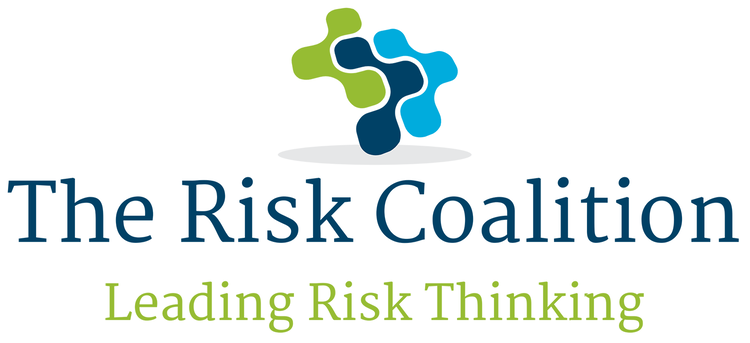As the economic environment changes and business look to remain lean and competitive, there is a risk that culture drops to the bottom of the agenda. This provides a risk in itself as toxic cultures have recently been at the heart of some of our biggest corporate scandals.
Often, getting traction behind culture change that supports the management of risk and in particular initiatives that encourage people to ‘speak up’ can be difficult. When there is an economic or organisational reason (a ‘burning platform’) there is a great opportunity to bring people together, aligned behind a clear strategy to create pace in delivery.
There are many documented examples (Matthew Syed articulates this well in his books ‘Black Box Thinking’ and ‘Rebel Ideas’) of toxic cultures where damage, both reputational and financial, occurred because individuals felt unable to escalate significant risks. We’ve all heard stories within other organisations (sadly including the NHS) and shuddered at the toxicity of the culture and the shocking impact it can have.
In my experience, there are two crucial elements to ensuring your team are both able to spot potential risks quickly and feel safe enough within the organisation to speak up.
Firstly, it’s vital to create conditions that make your employees feel safe enough to tell you about potential risks. Psychological safety is being able to show and employ one's self without fear of negative consequences of self-image, status or career (Kahn, 1990) and it’s linked to high performance (it is well documented in organisations including Google and Microsoft who have run research projects in relation to it). It’s important to reward transparency and hear people who are prepared to speak up. You should ask for the stories you don’t want to hear. This is how you will find real risks to your business; be they tangible examples such as governance or compliance breaches, or the more subtle yet potentially devastating effects of a bullying manager or fraud. The risk can be equally as harmful to your business and brand, but you need people around you who are engaged and feel psychologically safe enough to let you know.
Therefore, to my second point, the ability to genuinely engage people in your purpose, strategy and the plan to deliver it is fundamental. They need to have objectives that are aligned to what you are trying to achieve, a clear understanding of the part they play, and are reinforced for achieving it. Employees who are engaged to this level are more likely to be able to see potential risk to delivering that plan; a local obstacle that a leadership team might not have on their radar. By having engaged teams who know where they’re going and have permission to execute their plan, they will know quickly if something is wrong, or not aligned. By hearing and acting on your employee’s voice, you will be closer to your strategy being delivered, closer to your customers and have a more localised view on risks you face.
Alex Walker is an experienced business psychologist and non-executive director with a background in HR and customer operations. She has a proven track record working with leading brands in creating behavioural and cultural change for tangible business benefits. Alex is founder of Flint Change.
In this blog, Alex draws on her comments made as part of a panel discussion at a webinar on 21 June 2022 jointly organised by Transpire Global and the Chartered Institute for Securities and Investment, and supported by the Risk Coalition. Other webinar panelists were Bob Barclay, Bryan Foss and Hanif Barma. (chair)

